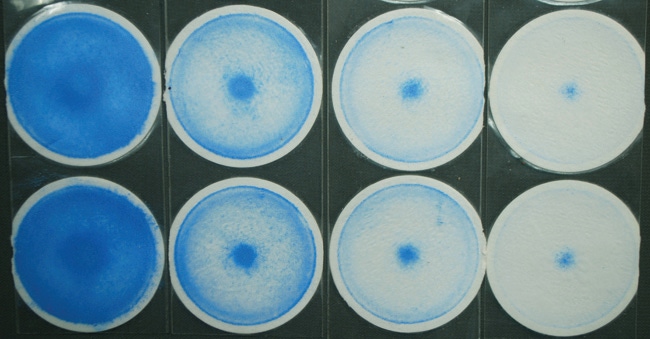December 3, 2012

Seed polymers are a bit like force fields: You cannot always see them, but they are there to protect. For instance, Polymers are helping to protect the growing number of active ingredients and biologicals (applied in the form of seed treatments) from dusting off. This not only protects the corn or soybean grower’s investment, but also reduces the seed applicator’s or grower’s exposure to various compounds, say manufacturers of polymers and other seed enhancements.
Polymers also protect the grower’s investment by enhancing plantability. Polymers can help reduce the possibility of skips and doubles when planting, says Russ Berndt, product manager, Becker Underwood.
Because more seed is now being treated at ag retail outlets, ag retailers also look to polymers to help protect against the buildup of treatment materials in high-throughput seed-treating equipment, says Natarajan Balachander, vice president and general manager, Incotec Field Crops North America. “The demands on polymers have developed rapidly. This has required polymers to be easier to apply with simpler treating equipment,” Balachander says.
Also driving more polymer usage is the desire to enhance the appearance of seed, particularly soybean seed. “The value equation for seed polymers is evolving. Customers are starting to ask for and pay higher prices for seed that has a unique sheen or color that creates a positive impression,” Balachander says.
The continued growth of seed polymers will be tied to the new active ingredients in seed treatments, says Terry Culp, vice president, seed and nutrient chemistries, Precision Laboratories. “As we increase the actives on seed, we also need to manage the amount of material applied to seed. This is particularly the case with soybeans since there is a much lower limit to the amount that can be applied (6 fl. oz./100 lbs. is ideal). Because of this, reducing polymer use rates are under pressure.”
New classes of polymers are being developed using advances from other industries (paints and other coatings), Balanchander says. This will help the seed industry in bringing forward new advances in seed treatments, he adds.
“We’re always looking at new compounds, and are working closer with crop protection product manufacturers at earlier stages in development,” Berndt observes. “This is especially important with biological seed treatments.”
About the Author(s)
You May Also Like




